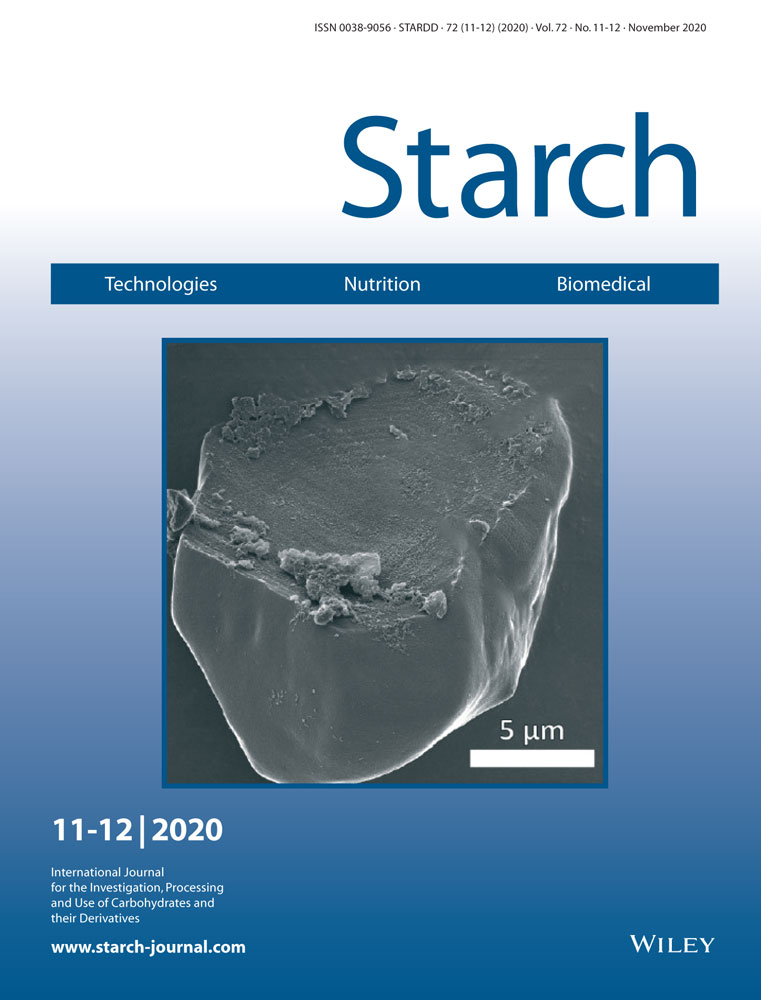Effect of Wheat Bran Fiber on the Behaviors of Maize Starch Based Films
Abstract
This work presents the potential of wheat bran fiber as filler in starch-based films. Maize starch incorporating 0–25% w/w wheat bran fiber is used to produce biocomposite films. The properties of starch-based films are discussed, including morphology, thickness, opacity, water vapor permeability, tensile strength, and elongation at break. As wheat bran fiber is added, the biocomposite films become rough, thick, and opaque. Starch films without the addition of wheat bran fiber presen low water vapor permeability. The elongation at break of films decreases with increase in wheat bran fiber content. The tensile strength increases with increase in wheat bran fiber content from 0 to 10% w/w (about 5.07 MPa) and then decreases as wheat bran fiber content increases. However, the tensile strength of film with loading 20% w/w wheat bran fiber is still higher than that of control starch film, which means that the tensile strength can be improved by incorporating wheat bran fiber.
Conflict of Interest
The authors declare no conflict of interest.




